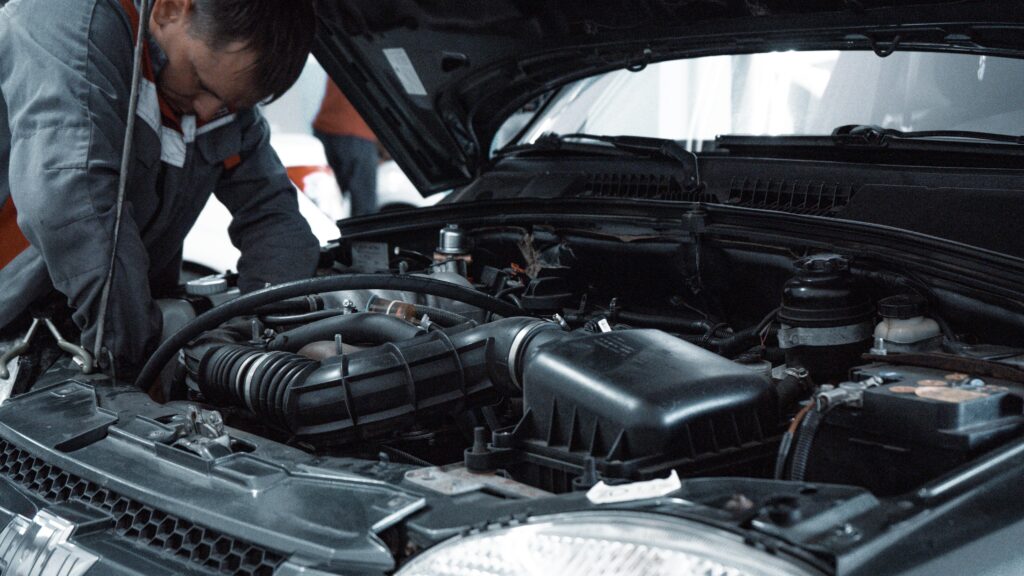For many drivers, confusion often surrounds the distinctions between an MOT and a professional car servicing. While both involve maintaining a vehicle’s functionality and safety, they serve distinct purposes. Understanding these differences empowers drivers to make informed decisions about their car’s maintenance.
Purpose
The primary disparity lies in the purpose of an MOT versus a professional car servicing. An MOT (Ministry of Transport) test is a mandatory examination ensuring your vehicle meets legal safety and environmental standards. It’s an annual assessment for vehicles aged three years or older, focusing on critical components like brakes, lights, emissions, and structural integrity. Conversely, professional car servicing involves a comprehensive inspection and maintenance regimen conducted by skilled technicians. Its focus extends beyond legal requirements, encompassing preventive maintenance to keep your vehicle in top-notch condition.
Legal Requirement vs. Preventive Maintenance
One of the most critical distinctions is that an MOT is a legal obligation, whereas professional car servicing is a proactive measure to maintain vehicle health. Failure to pass an MOT means your vehicle cannot legally be on the road until necessary repairs are made. In contrast, while professional servicing enhances safety and performance, it isn’t mandated by law. However, regular servicing significantly reduces the likelihood of unexpected breakdowns and ensures optimal vehicle performance.
Examination Scope
During an MOT, inspectors evaluate specific components mandated by the government, emphasizing safety and emissions standards. On the other hand, professional car servicing Ruislip encompasses a broader scope, including engine checks, fluid top-ups, filter replacements, and a thorough inspection of various vehicle systems beyond the MOT’s requirements.
Frequency
Another crucial difference is the frequency of these procedures. An MOT test is an annual requirement for vehicles over three years old, ensuring they meet safety and environmental standards. In contrast, professional car servicing is generally recommended every 12 months or based on mileage, as prescribed by the vehicle manufacturer. Regular servicing intervals may vary depending on the vehicle’s age, usage, and model.
Cost Variation
Cost is a factor that differs significantly between an MOT and professional car servicing. The price of an MOT test is standardized across testing centers and primarily covers the examination process. Conversely, the cost of professional servicing varies based on the service package chosen, the extent of maintenance required, and any additional repairs or parts needed. While an MOT cost is fixed, investing in professional servicing might save expenses in the long run by preventing major breakdowns.
Conclusion
Understanding the differences between an MOT and professional car servicing is essential for every driver. While an MOT is a legal requirement ensuring minimum safety and environmental standards, professional servicing goes beyond legal obligations, focusing on preventive maintenance to keep your vehicle in optimal condition. Regular servicing not only enhances safety but also minimizes unexpected breakdowns, potentially saving on costly repairs in the future.
In essence, both an MOT and professional car servicing play integral roles in ensuring your vehicle’s safety and performance. By comprehending their distinctions, drivers can prioritize maintenance, ensuring their cars remain safe, reliable, and roadworthy.



